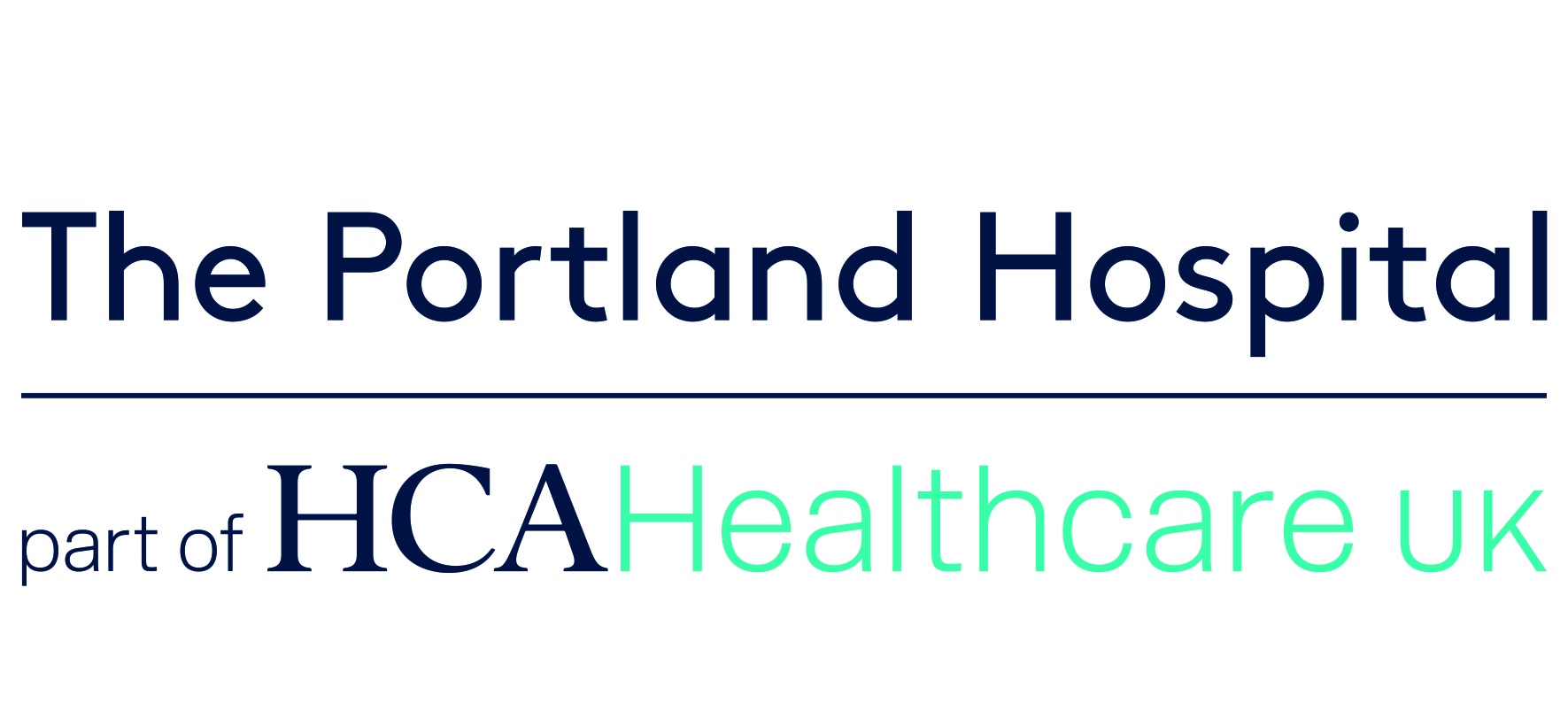The most common breastfeeding positions include:
Cross cradle - A good position for most mums as you can sit down and support your baby at the breast with the opposite arm and once the feed is underway the other arm can add support and cradle the baby.Here are the most popular breastfeeding positions.
This is the traditional hold that you see most Mums using. The baby’s body is across the front of yours, feeding on the opposite breast to the arm that’s supporting them. Their tummy is close to your tummy, and they are facing the breast. Your arms cradle the baby close to your body. It’s really important to make sure that your baby’s head is free to tilt back. The cradle hold is quite a nice position as you’ve got quite a lot of control over what the baby’s doing. You need to wait until the baby opens its mouth, really, really wide and at that moment, you then bring the baby in quickly to latch on to the breast and take all the nipple and lots of breast tissue If the latch doesn’t feel right and you want to start again, gently pop your little finger into their mouth, and the latch will break. This method means you don’t have to pull the baby off your breast and hurt your nipple.
To recap:
Another really nice position is the underarm position, some call it the rugby ball (or American football) position. In this breastfeeding position, you are holding them on the same side you are feeding on, rather than them being across your body as in the cradle position. So with this position, you can even feed one baby on each side at the same time!
Support your baby’s body and shoulders along the arm of the side you are feeding on. It can usually help to have a pillow under your arm to support your baby’s weight. Your baby needs to start off with his nose near your nipple so their mouth can take a big mouthful of breast and nipple when they latch on. You’ll need to have space behind you so your baby isn’t squashed against the back of the chair or their chin ends up being level with the nipple instead of their nose. If you feel tempted to move your breast around, that’s a clue the baby’s body might need to be in a different place. The rugby hold is a good position if;
To recap:
The biological nurturing or laid back position means that you lie back with your baby on your chest allowing them to have more control over their feeding. This position relies on your baby’s instinct (which is really strong) to do the right thing. This position can be really lovely after the birth when you are both in skin to skin contact and your baby has a strong rooting instinct and tries to ‘crawl’ (or nudge) to the breast. This is also a very useful position if baby has a sore head following a forceps or Ventouse birth as it is more comfortable for baby. When you are really laid back, this position is about using gravity to get the right latch. The aim is to get no gaps between your bodies. For this breastfeeding position, ideally, you’d have head support, for example, reclined on your sofa. Your baby needs complete contact from their chest all the way down to the feet and then this triggers their natural feeding instincts.
After the birth, this baby led breastfeeding is referred to as a breast crawl and babies use their arms and legs to push themselves towards the breast (this is interesting as mums often find that their babies arms “get in the way” using other positions as the baby is using her arms and legs instinctively).
To recap:
Feeding lying down
Lying down is a really helpful breastfeeding position for evening and night feeds. Start on your side with your baby facing you. Have your baby’s nose at the same height as your nipple. When baby opens their mouth wide, you can bring them even closer to your body. If you started nose to nipple and encouraged them to tilt their head back, it will be nice and easy for them to breathe. In this position, they should take a lot of breast tissue from underneath your nipple into their mouth. This also makes it a good position if you feel like you have a blocked duct in any of the areas at the bottom of your breast. It is also a great feeding position if you’ve had a Caesarean section because your baby’s weight is not on your scar.
To recap:
This isn’t really a breastfeeding position so much as how to feed when you have engorged breasts or a blocked duct. You can use any position of the ones described above, but the trick is to first hand express some milk out gently, so your breasts are relaxed again and your baby can latch on without the pain usually involved with a baby feeding from engorged breasts. After hand expressing, you can dry your breast with a muslin so it’s not too slippery for your baby to latch on. Another actual breastfeeding position that can be good for mums with engorged breasts is to feed your baby from above. To do this, lie your baby on a firm surface like a mattress and crouch over them in a comfortable position so the nipple meets your baby’s nose. Then they can scoop the nipple and lots of breast tissue into their mouths.
For a list of useful contact details for The Portland Hospital, please click HERE.
